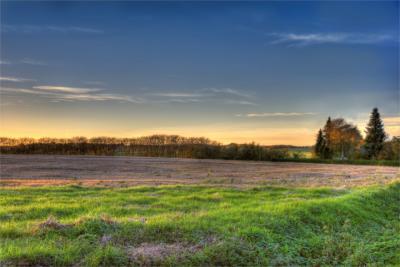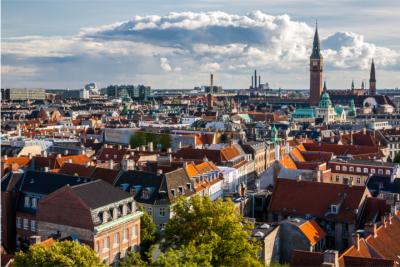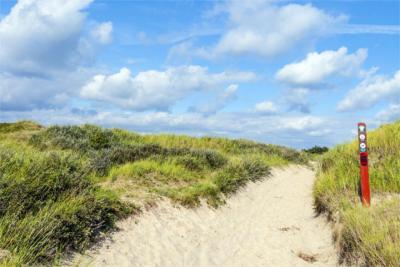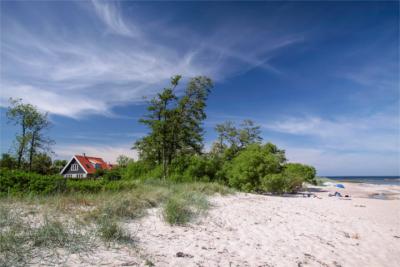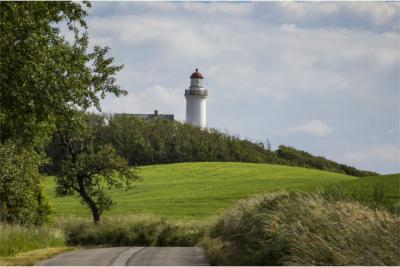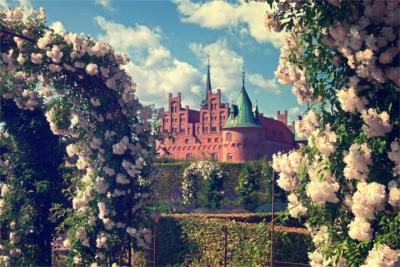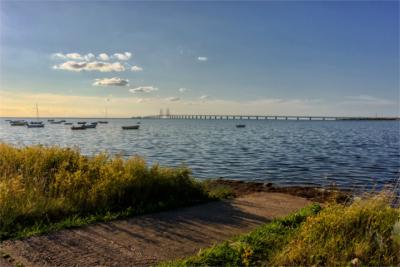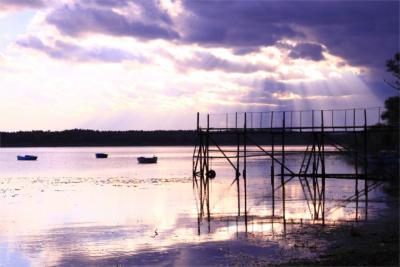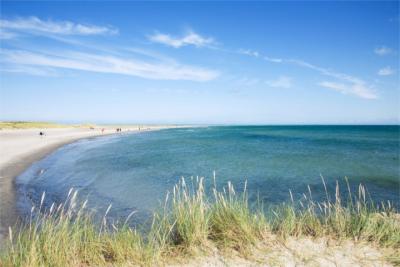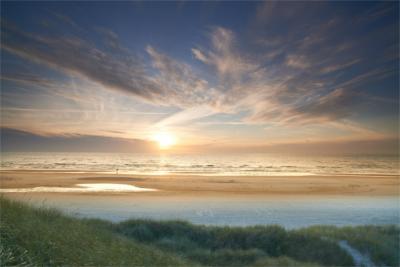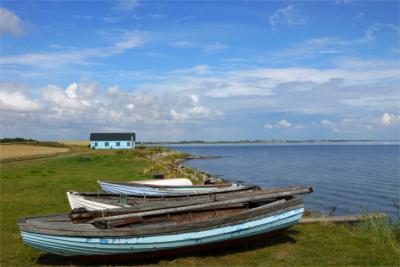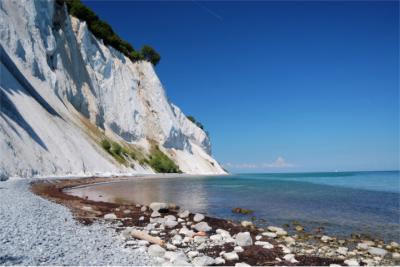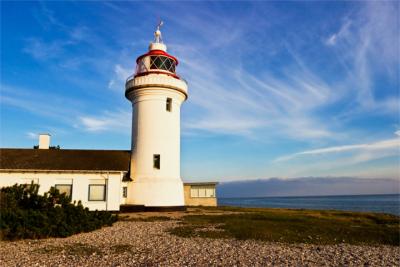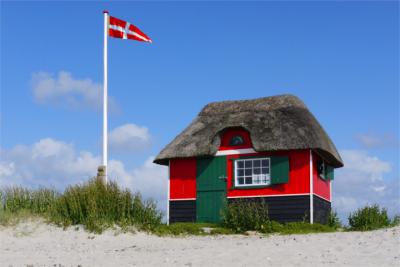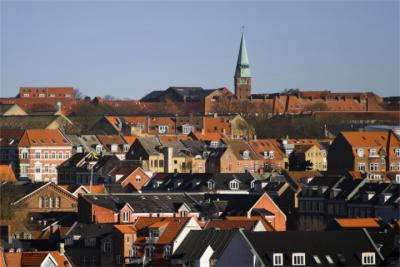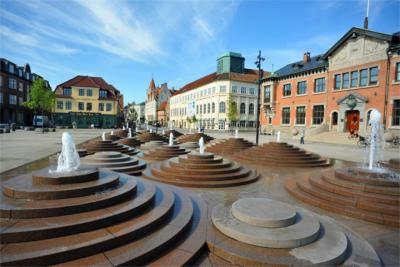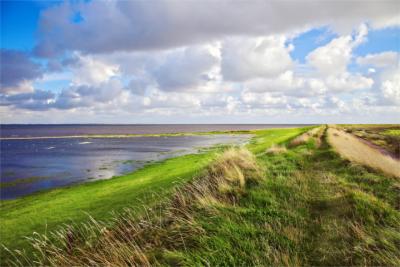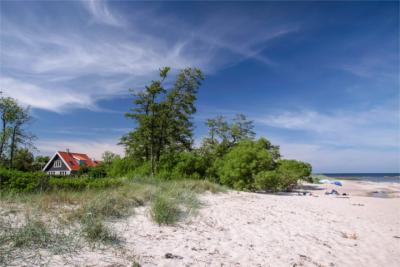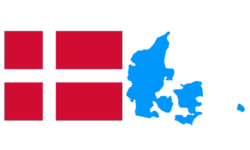Travel Offers
Travelmyne Featureprint
Distance
Denmark - The Country at the Wadden Sea
The country in the north of Europe has a lot to offer regarding both landscape and culture. Denmark constitutes an exciting transition from Europe to Scandinavia and unites the advantages of both regions on a small area of land.

Geography - The country between the Baltic and the North Sea
Denmark lies between the Baltic Sea, the North Sea, Kattegat and Skagerrak right between Central Europe and Scandinavia. It only borders on Germany in the south. The autonomous country of Greenland and Faroe Island also belong to the Danish territory. The country is divided into the five regions of Nordjylland, Midtjylland, Syddanmark, Hovedstaden and Sjælland. Besides the capital of Copenhagen, Aarhus, Odense and Aalborg are the most important cities. The climate is generally relatively cold. There is precipitation on about 150 days per year, most of them in summer and autumn. The average yearly temperature is between 16 and 18 °C. In addition, Atlantic hurricanes regularly occur at the west coast.

Nature - Coast, sea and seals
The peninsula of Jutland constitutes the transition between Europe and Scandinavia. This transition is also reflected in the landscape. In general, Denmark is a very flat country, especially in the west. The east is slightly more hilly. The typical landscape is characterised by dunes, heather and marshland. With its many bays and fjords, the Baltic Sea coast is very varied. Most of the country's islands and fjords are located in this area. However, you find the most beautiful white sandy beaches at the North Sea. Due to the many islands (about 1,400 on an area of over 100 km²), bays and fjords, Denmark has a coastline which is over 7,300 kilometres long. Its coastal fauna is diverse and exciting. The seals at the Baltic Sea and the seagulls at the North Sea are after the salmons and plaices which populate the waters around Denmark.

Natural sights - Chalk cliffs and shifting dunes
Denmark has six national parks but most tourists travel the country's coast. A worthwhile destination is the shifting dune of Råbjerg Mile in Skagerrak. Most of the country's last forested areas are located on Lolland island. Another natural phenomenon is the chalk cliff coast on Møn. The high, snowy white chalk cliffs are known as Møns Klint. The Wadden Sea and the Baltic Sea cliff coast of Stevns Klint are part of the World Natural Heritage of the UNESCO and are highly recommended to tourists.

Culture - The heirs of the Vikings
Traces of the first human settlement date back to the Stone Age. From 400 AD on, the Jutes, Saxons, Angles and Frisians laid claim on the territory. From the 6th century on, the people from southern Sweden joined them and constituted the ancestors of the present-day Danish population together with the tribes which already lived in the area. The first king who united the separate kingdoms was Gorm the Old in the 10th century. It was not long before the Vikings acquired renown across the country's borders and travelled the globe with their narrow ships. Today, over 85 percent of the Danes live in the cities. Sjælland (Zealand), which contains Copenhagen, is the most densely populated area. As in the Netherlands, you see many windmills in Denmark. The Dybbøl Mølle near Sønderborg and the windmill in Copenhagen are exciting tourist destinations. Danish writers who are known worldwide are Karen Blixen and the children's book author Hans Christian Andersen. The sculpture of the Little Mermaid in Copenhagen is not only a tribute to his literary work but also one of the city's most important landmarks. The Danes are considered very honest and trustworthy people, who are proud of their nation. Besides the official language Danish, the German language is commonly used in Denmark.

Cultural sights - The Oceanarium, runes and Kronborg Castle
Copenhagen is a must on everyone's trip to Denmark. Especially the strolling promenades and Nyhavn are worthwhile destinations for travellers and tourists. You find the North Sea Oceanarium - the greatest oceanarium in Europe - in Hirtshals and the interesting open-air museum Den Gamle By in Aarhus. The UNESCO has recognised the country's value and declared the Jelling Runestones and Kronborg Castle World Cultural Heritage sites. Those travelling towards Aalborg should not miss out on the seaport and the monastery. Visitors of Roskilde, on the other hand, should go and see the venerable cathedral. Als island accommodates the Industrial Museum.

Experience - Rødgrød med fløde
Smørrebrød is known across the country's borders. This name refers to a Danish speciality, which is served in Smørrebrød restaurants, for example. It consists of brown bread with fish, meat or egg and different kinds of sauces and pickles. Labskaus is also part of the local cuisine and consists of bread with diced pork or beef. Common sides are fried eggs, pickled herring and gherkins. Røde pølser is a hot dog version with sausages which has been coloured red and Rødgrød med fløde refers to red berry compote with cream. Popular drinks are Danish types of beer such as Carlsberg. You find shopping facilities in all bigger cities. A particularly beautiful location is the shopping street Strøget in Copenhagen. Denmark's nightlife also takes place in the cities' streets. There are pubs, bars, clubs and party miles in Aarhus, Odense and in the capital.

Activities - Sailing, hiking and golfing
The most beautiful beaches are located at the North Sea and along North Sea islands such as Fanø but the Wadden Sea is suited for holidays at the seaside as well. Water sports fans like sailors and canoeists get their money's worth along the fjords. Divers pursue their hobby in the warm season and go wreck diving, while anglers enjoy the excellent conditions for fishing in the waters, which are rich in fish throughout the year. If you want to explore the country by bike, you can use the over 10,000 kilometres of cycling trails. In addition, there are wonderful hiking trails, for example the Hærvej (280 km), the Sjællands Odde-Stevns (400 km) and the Coast to Coast Trail (120 km). Furthermore, Denmark is known as a nation of campers and golfers. There are over 200 golf courses and luxurious camping sites in this country.

Information
The best time for travelling Denmark is from May to October. In the summer months, it is pleasant 20 °C warm. You can arrive by plane, ferry or car. The country's currency is the Danish krone but travellers can also pay in euro in many tourist areas.
Not only lugworms feel comfortable in this country. Families enjoy spending their summer holidays at Denmark's coast and lovers of culture are fascinated by the land of the Vikings.

